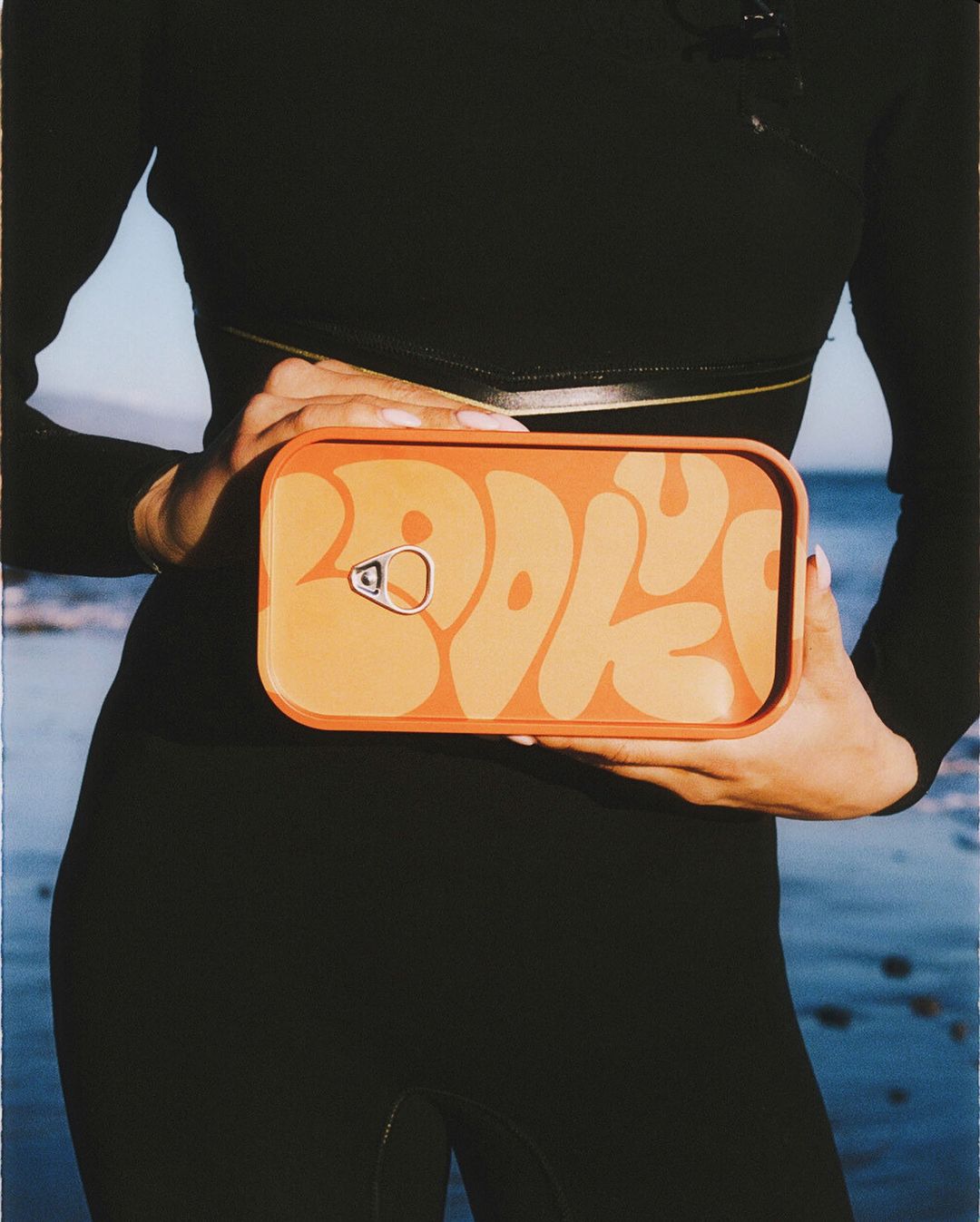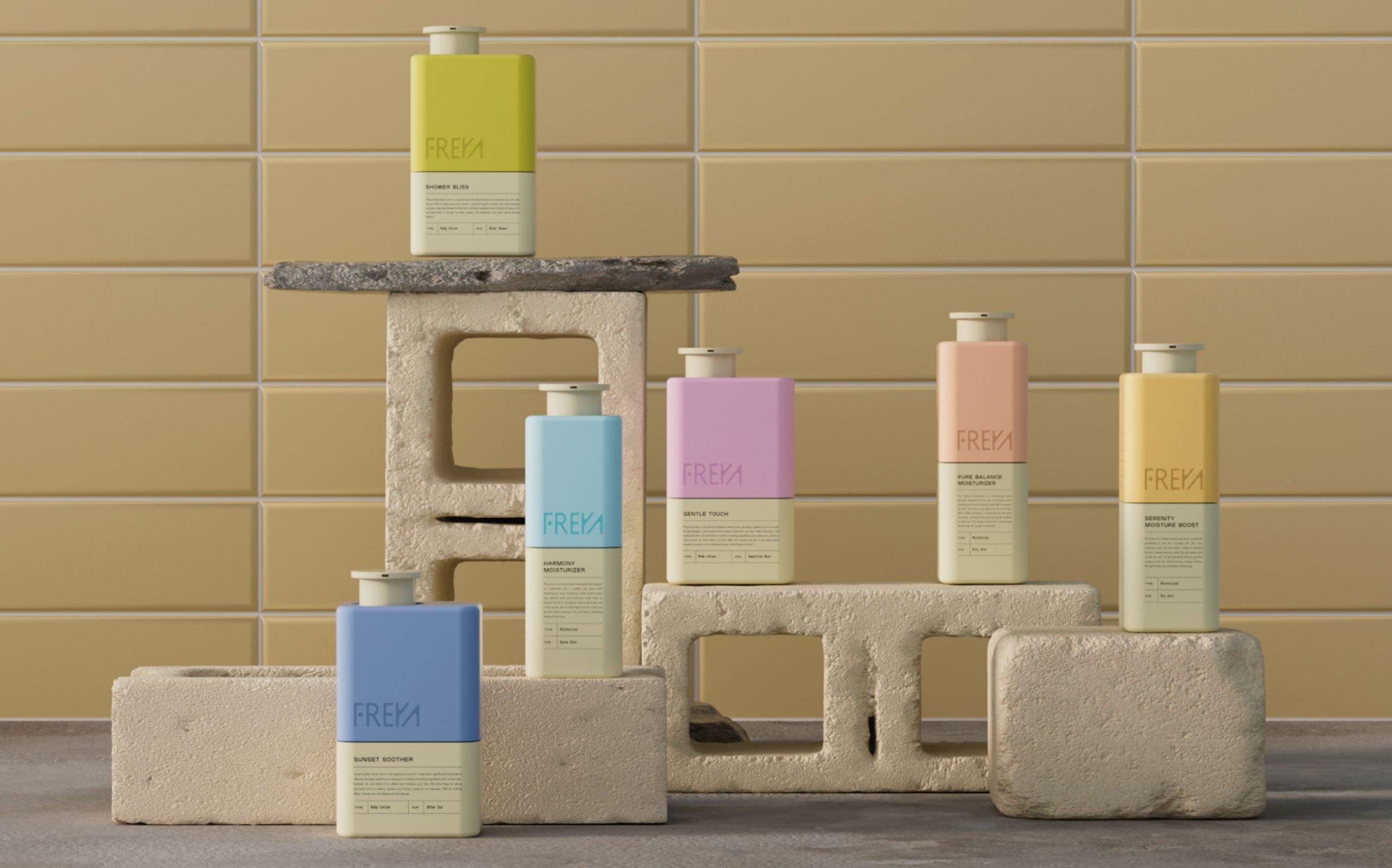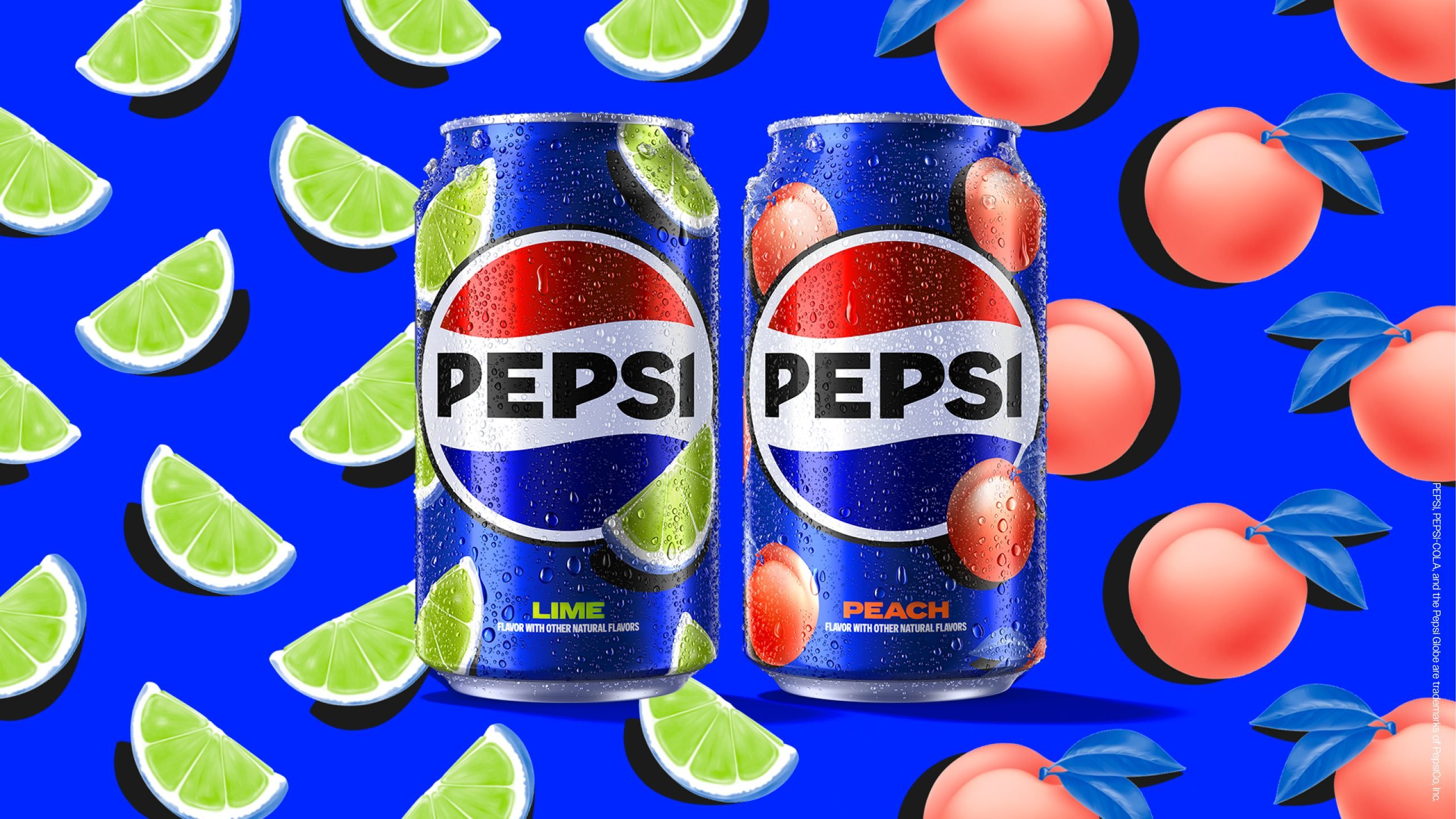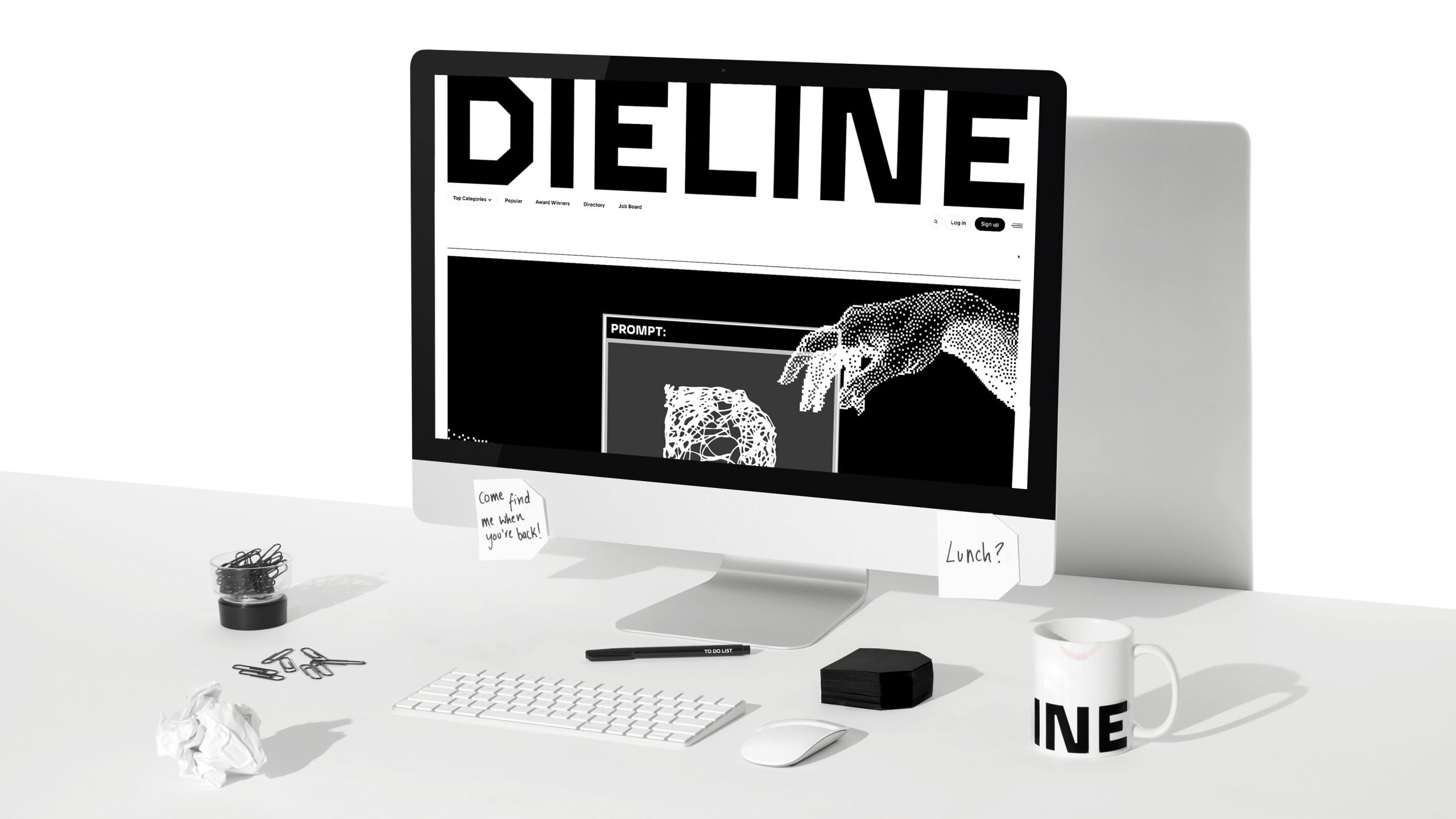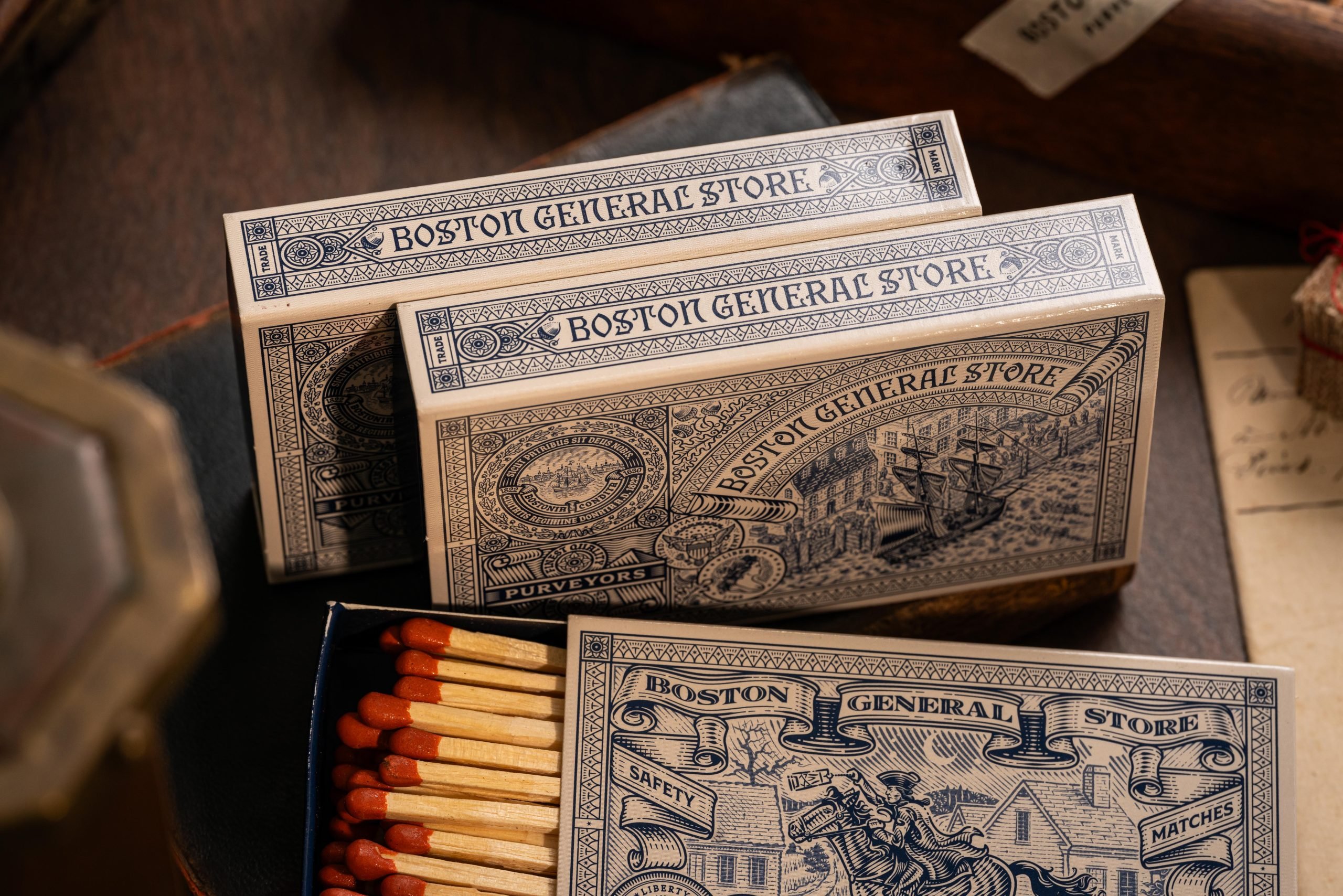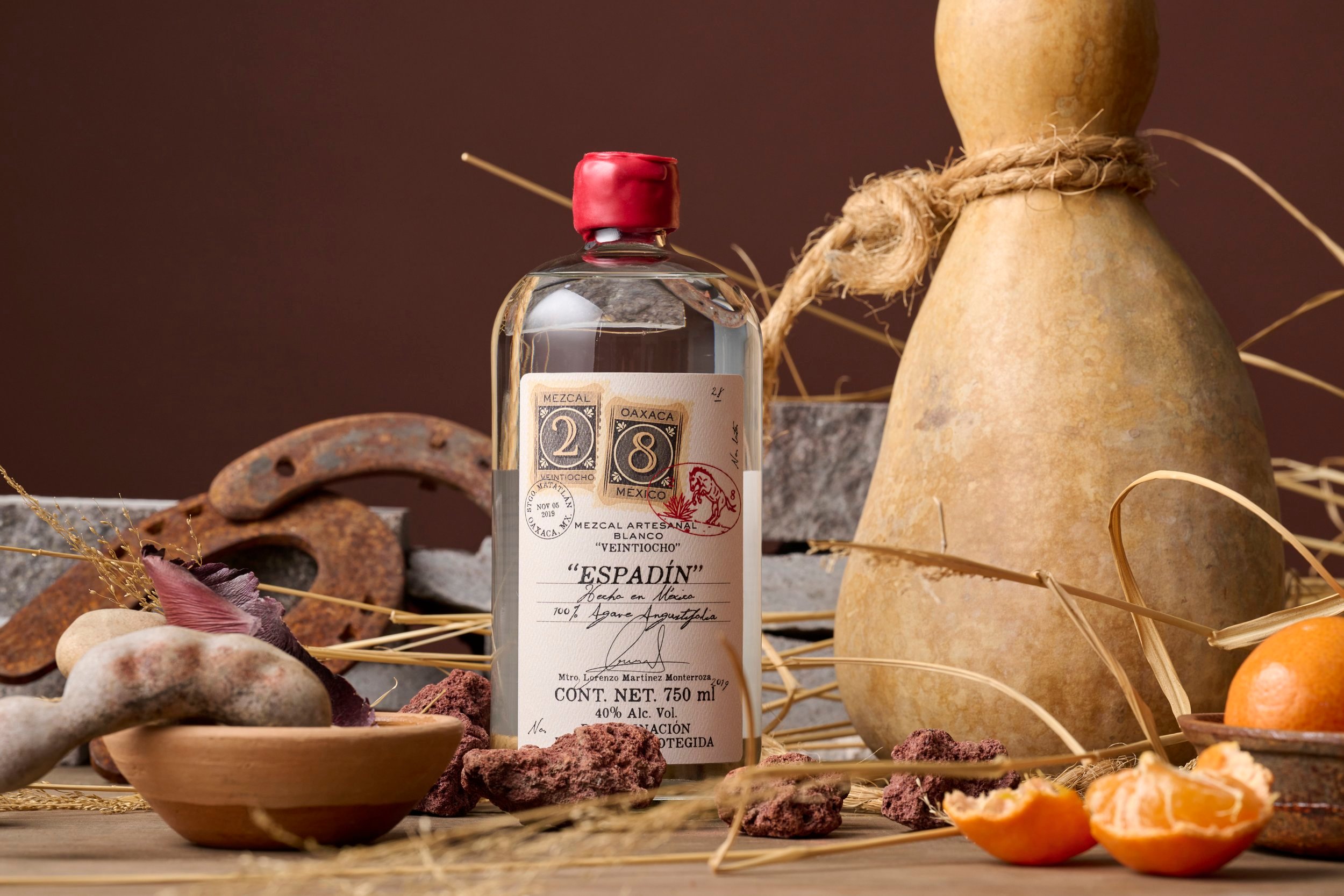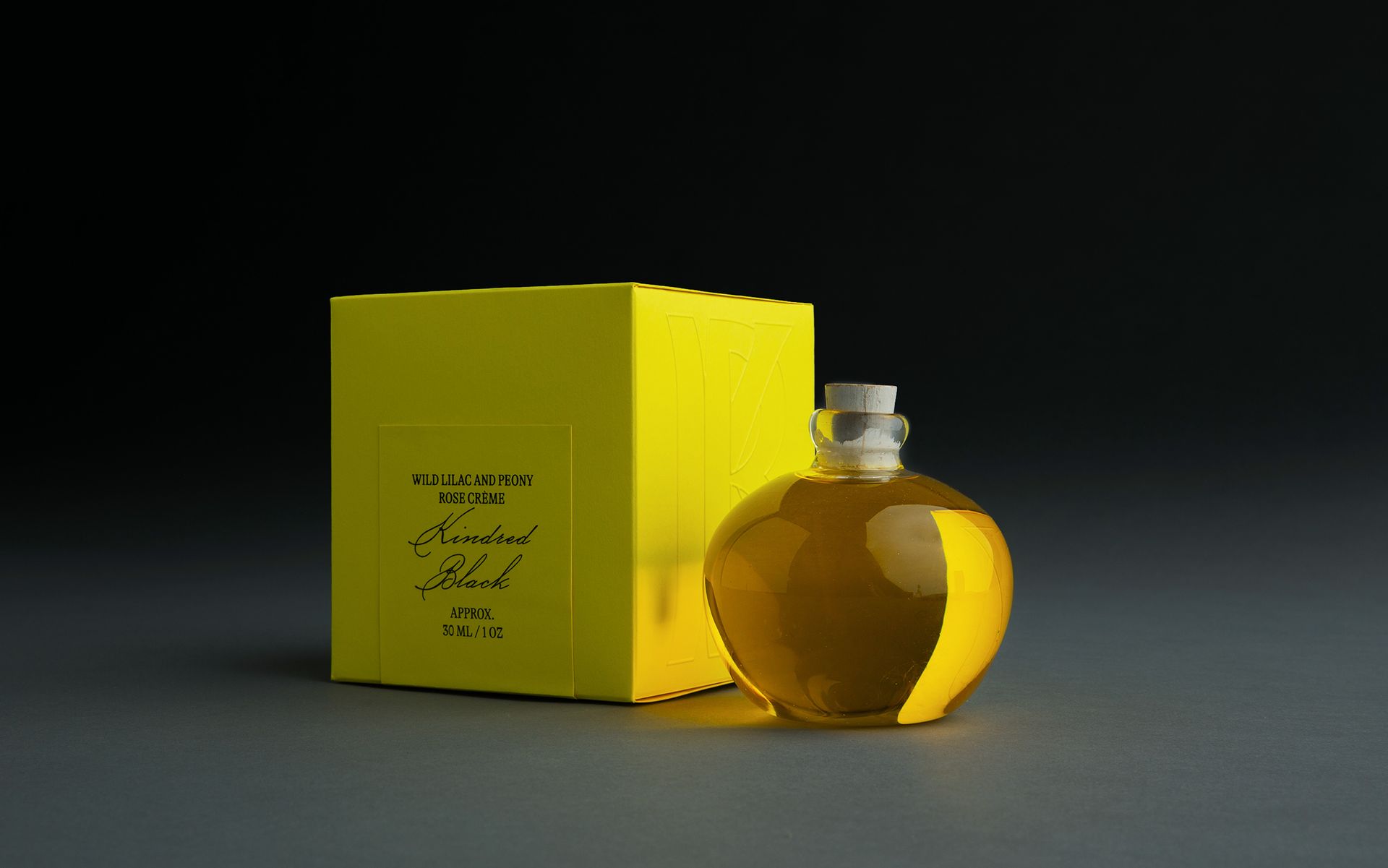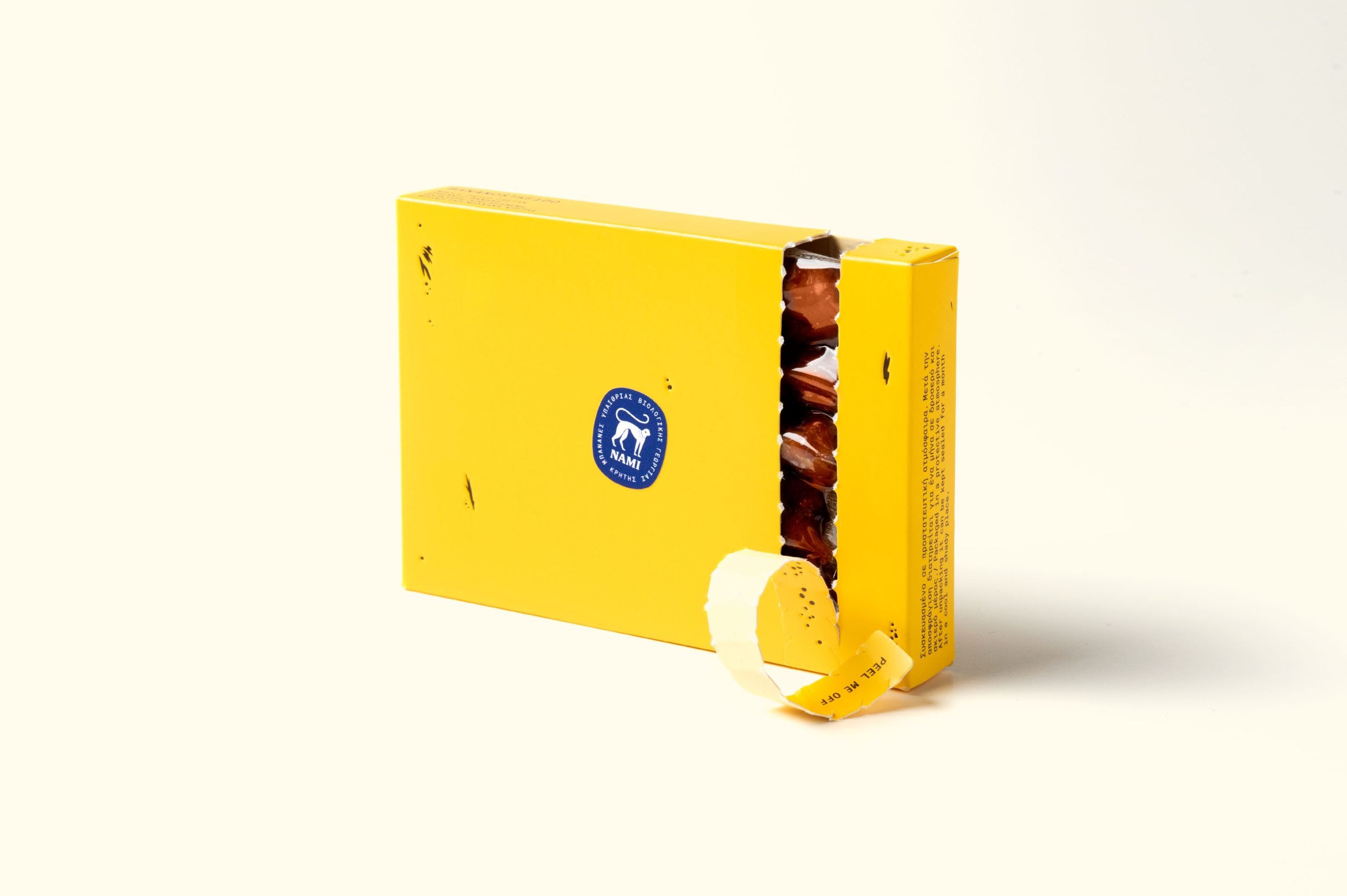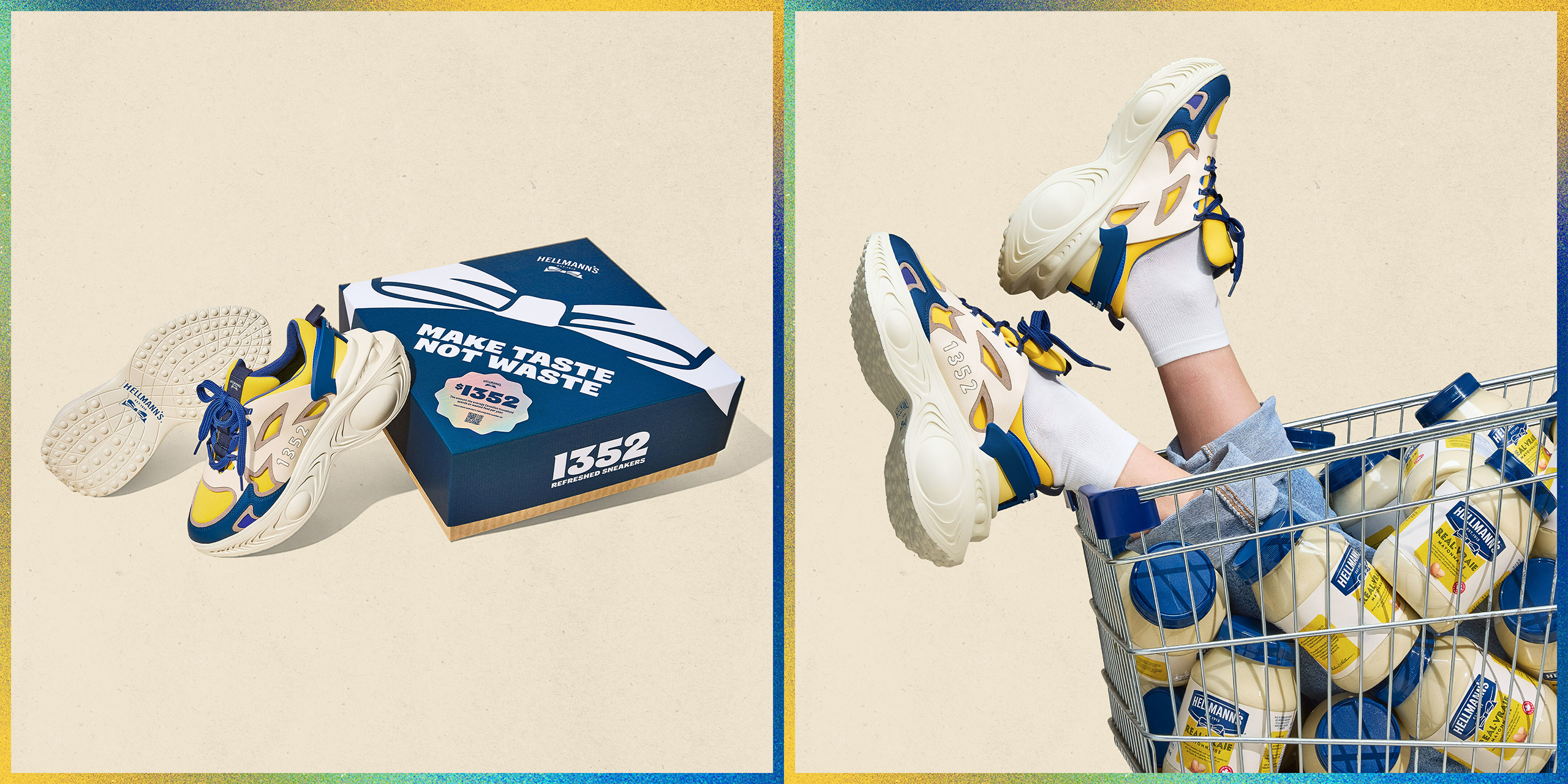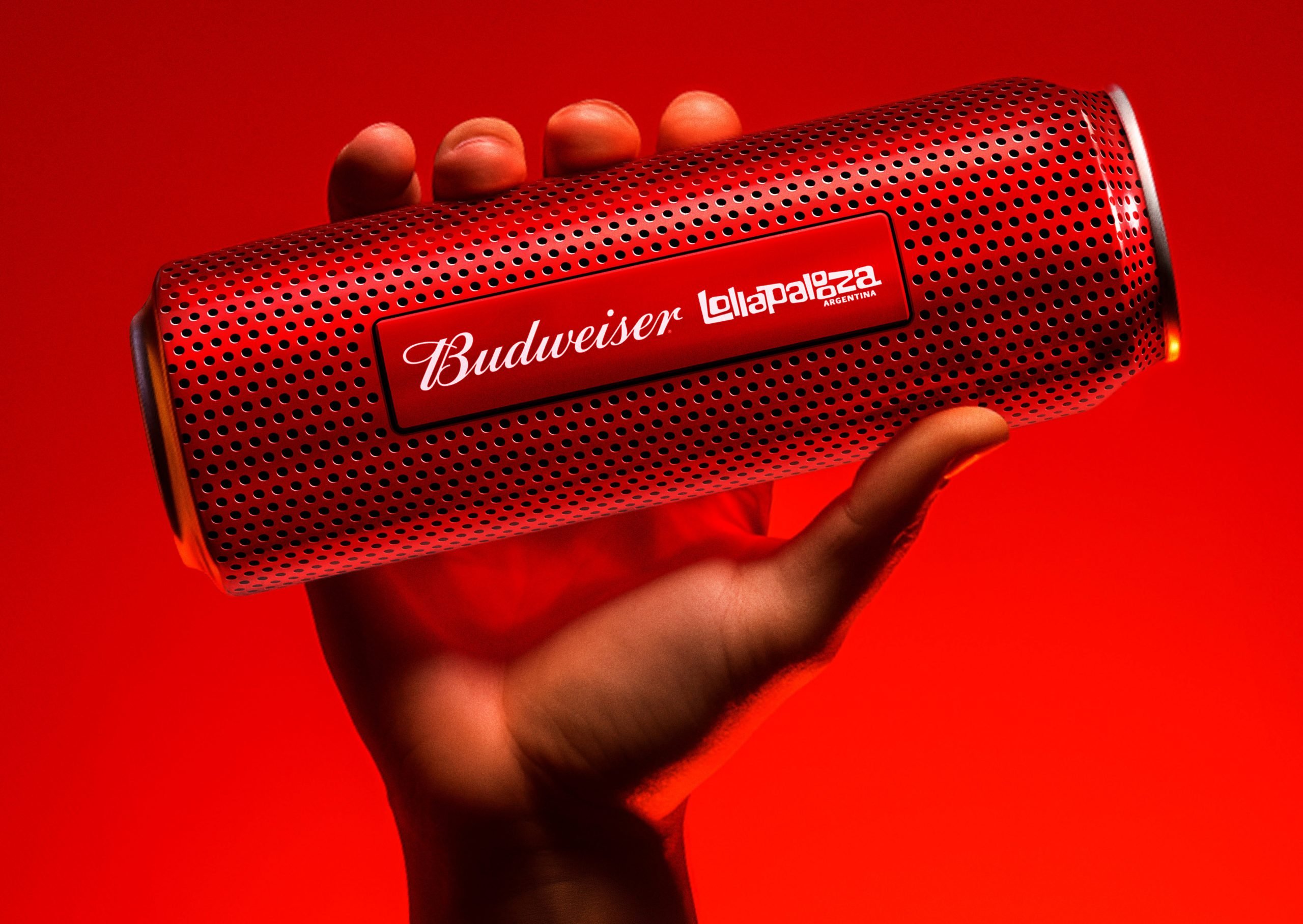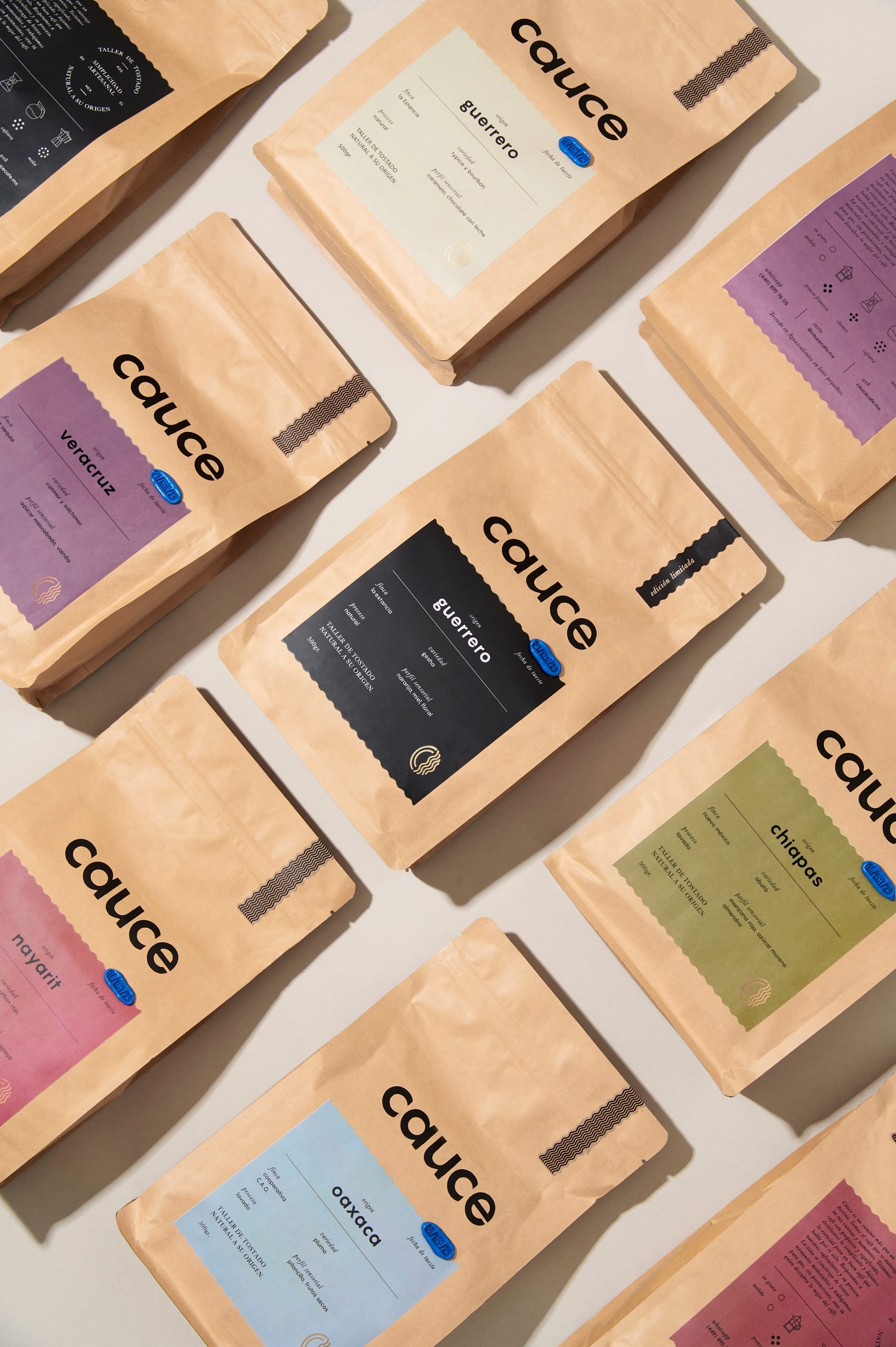Ben Cohen is best known for being the Ben of the famous ice cream duo Ben & Jerryâs. But since turning their little ice cream parlor into a global phenomenon, Cohen has moved onto other ventures, mainly focused on furthering social causes and bolstering progressive political candidates like Bernie Sanders.
But for his latest venture, Ben is entering a very different kind of businessâlegal cannabis. Benâs Best BLNZ (B3) is a new brand of cannabis with the stated mission of âselling great potâ and then using the power from that business to address the injustices of the war on drugs.
